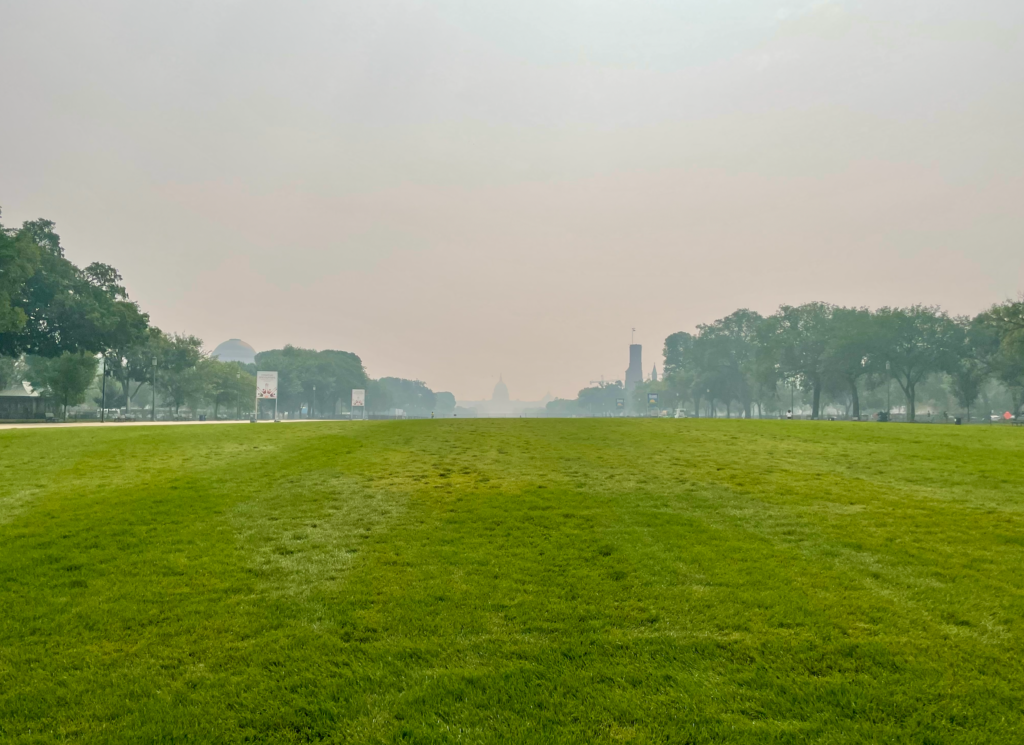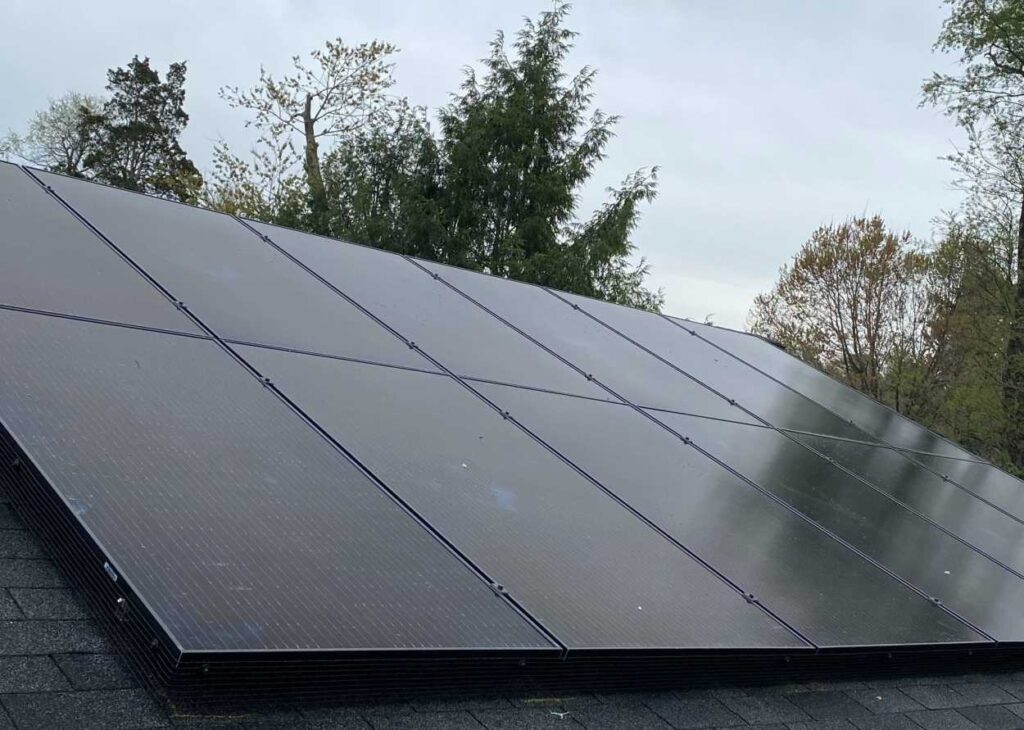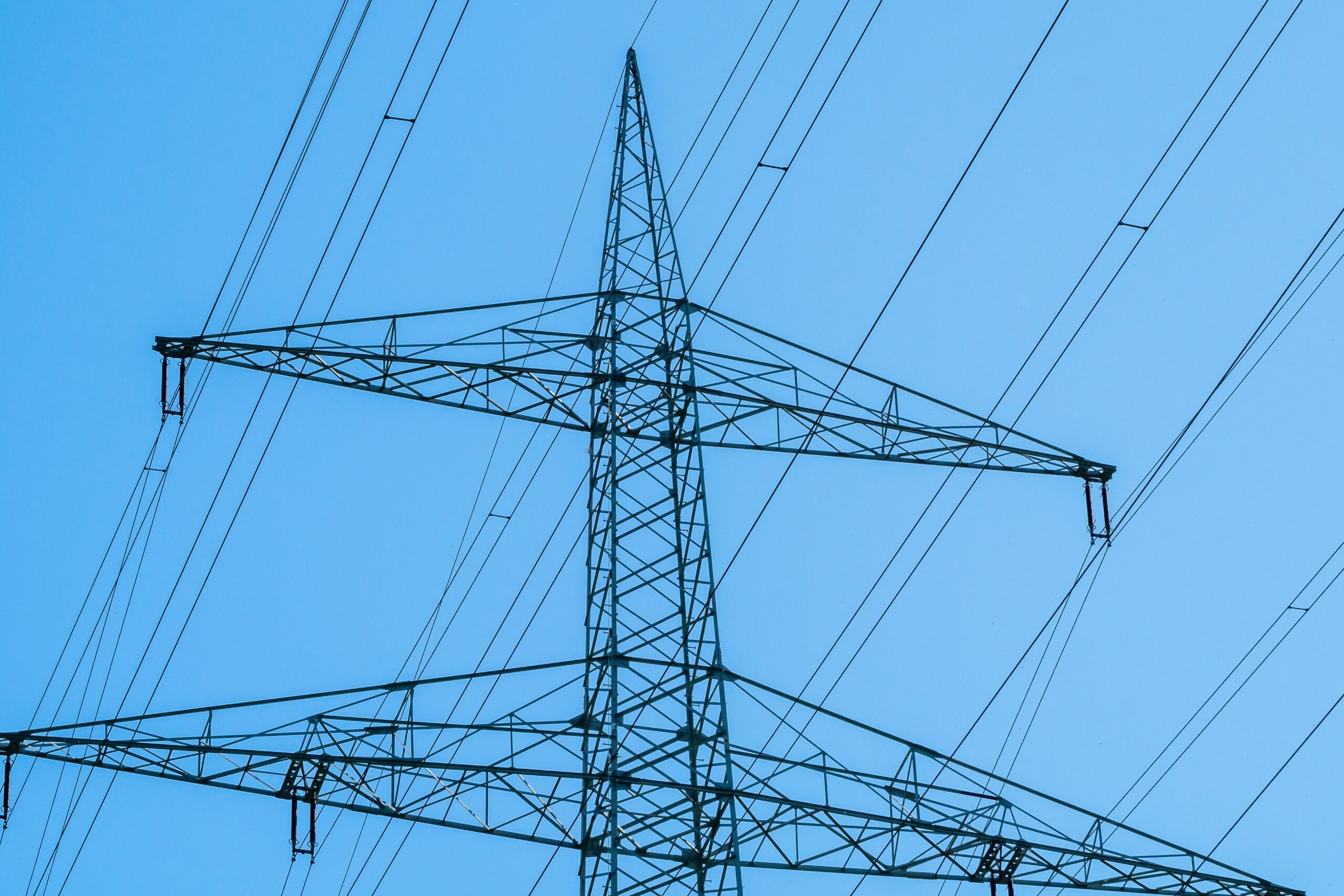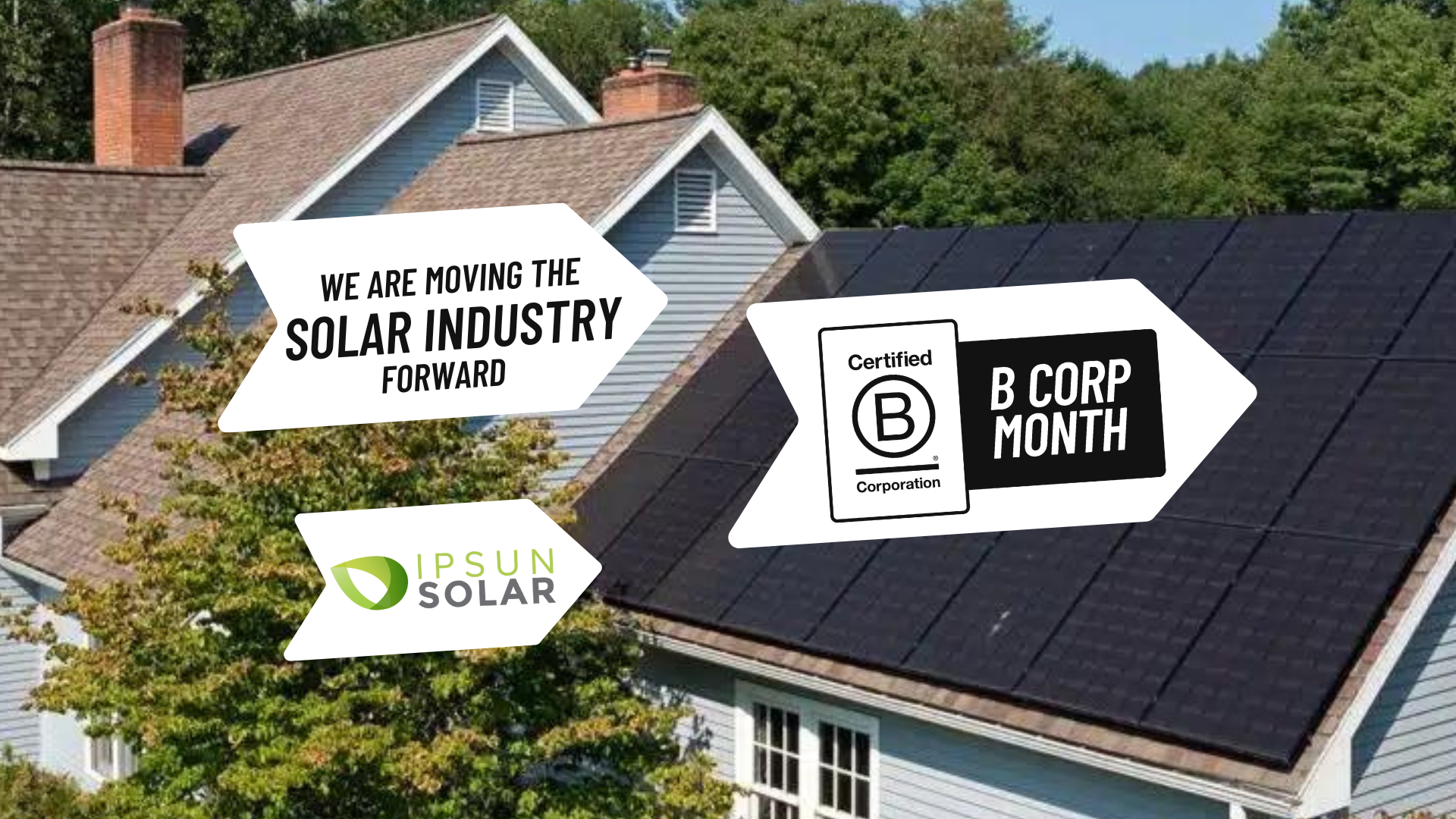Changes in weather driven by climate instability have led to long, widespread, and severe wildfires. Even in our Mid-Atlantic region, we recently experienced days of unsafe air quality caused by smoke from Canadian wildfires. What impact did this event have on solar energy production across the affected area, and how will wildfires continue to interact with solar energy?
As news sources have widely reported in early June, data show that solar panels located across the area affected by wildfire smoke produced less power than they do under clear conditions. As smoke reached the eastern United States the first week of June this year, New England solar farms were suddenly producing only about 50% as much energy as they had the week before.

PJM, the grid operator for the larger region from Illinois to North Carolina, observed a 25% reduction in solar energy between what was forecast and what was delivered, though it coincided with reduced temperatures due to the darkened skies, slightly decreasing the need for running cooling systems in buildings.
Homeowners in Canada, California, and Australia are still going solar, despite fires
Solar installers in wildfire-prone areas respond to these common questions by saying that indeed, residents near forests that are prone to wildfires may have lengthier time tables for their solar systems to earn 100% payback for the owner.
However here in Virginia, we are fortunately not affected by such events as often as, for example, California residents.
There’s an irony to the idea that the best technologies that we have for reducing greenhouse gas emissions are still vulnerable to the progress of climate change. For example, nuclear reactors need to be cooled by river water, which is less effective as waterways get too warm. Similarly, droughts spell challenges for carbon-free hydropower facilities.
But this is no time to lose heart or waver in our commitment to solar. Indeed, we need these carbon-free sources of energy all the more, to help get our climate on track fast enough to save species, avert the costs and dangers of the worst of climate change, and create good-paying jobs in non-air-polluting industries. Those with pre-existing lung problems, older people, and children are paying the price disproportionately for these severe bad air quality periods. Congestion, worsened asthma, nausea, and chronic health problems can and do arise from these episodes.
We can all join the fight for cleaner air!
Do your part to promote better air quality. We can all do something in our daily lives to make a difference. For example, in Fairfax, a significant amount of pollution comes from burning waste. We can all learn about our area’s reliance on incineration of waste, and do our part to reduce our accumulation of things that will need to go to our local incineration facility.
Other ways to make a difference include driving an EV, biking, or mass transit for travel instead of driving a gas car, and of course, taking care to help prevent wildfires. Mercifully, the hazardous air quality impacting us this summer won’t stay forever, so heed weather warnings as much as possible and stay safe out there!





